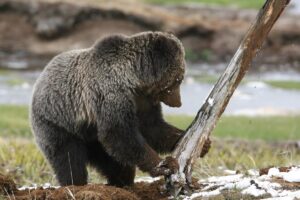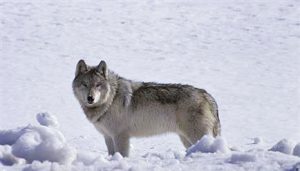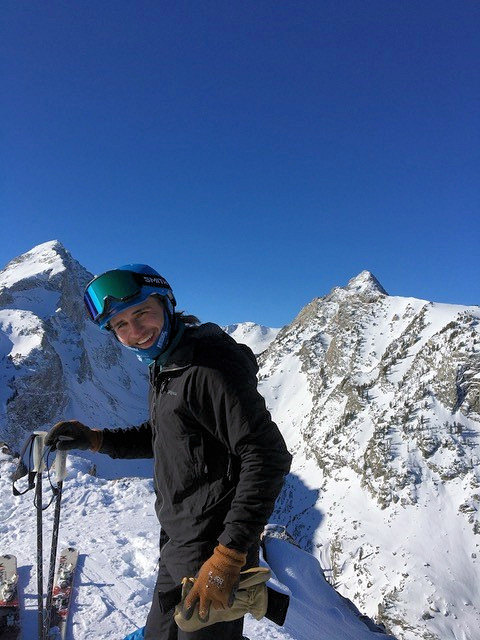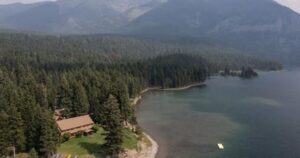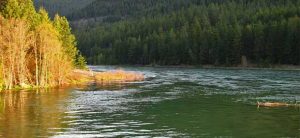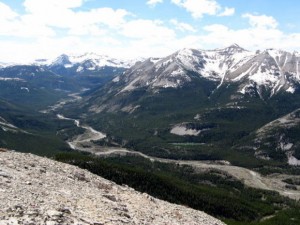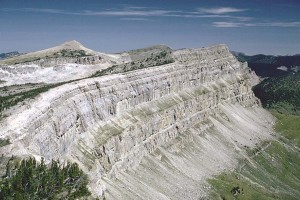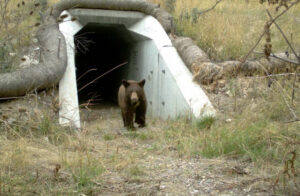
MIT Technology Review has a very informative long-form article on “animal infrastructure,” the bridges, underpasses and other structures and techniques being developed to deal with conflicts between animals and human activity . . .
In the mid-2000s, toads were meeting a gruesome end near Ede, an old, leafy town in the middle of the Netherlands. Local residents came to the rescue. For a few weeks each spring, the town erected a set of temporary fences along a kilometer or so of road, in an area where the animals crossed over from their winter habitat in the south to three breeding ponds in the north. When the toads hit the barrier, they’d hop sideways for a few meters until they dropped into a bucket, one of 36 pitfall traps that lined the fence.
Every day, volunteers would diligently carry the toads to the other side and send them on their way. It was a crude, somewhat laborious way of mitigating the hardship of being an amphibian in a world built for humans. But it was a lifeline that Ede residents were happy to provide for their warty neighbors—which, like so many other species worldwide, have suffered difficulties feeding, breeding, and migrating as their familiar landscape is carved apart by human infrastructure.
What followed has taken on the air of a cautionary fable among a small international community of ecologists and ecological designers…

